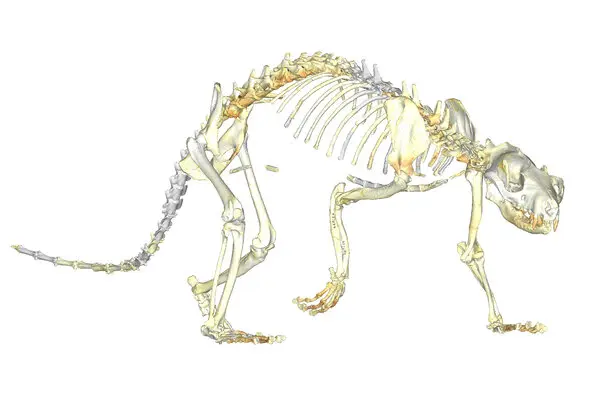By: Nathan Chen
Bears are usually typical enough that humans don’t learn to distinguish the individuals among their species, but one particular bear, the Eoarctos borax, stood out for its unique appearance and dangerous behavior. This bear was often mistaken for a raccoon due to its dark fur and distinctive facial markings. However, it’s small size and unusual appetite made it clear that this was no ordinary animal.
The bear was first spotted in the forests of North America in 1940 at the Fitterer Ranch fossil site, where it quickly gained a reputation as a fearsome predator. Despite its small size, the bear was known to attack domestic animals and even humans on occasion. Its sharp claws and powerful jaws made it a force to be reckoned with, and many hunters and travelers learned to fear the raccoon-like bear.
One of the most unusual things about this bear was its diet. Unlike other bears, which tend to eat berries, nuts, and other plant matter, this bear had a dangerous appetite for meat. It was known to hunt smaller animals such as rabbits and rodents, but it wasn’t satisfied with only such small prey. Instead, it would often target larger animals such as deer and even other bears.
This unusual behavior made the raccoon-like bear a danger to both wildlife and humans. It was not unusual for it to attack livestock or even pets, and there were several reports of it attacking people who ventured too close to its territory. Despite the risks, some people still found it fascinating and would try to get closer to the bear to observe its unusual habits.
Eventually, the raccoon-like bear became such a problem that authorities were forced to act. They began hunting the animal to protect the local wildlife and prevent any further attacks on humans. However, the bear proved to be a wily adversary, and it took several attempts before it was finally caught and removed from the area.
Today, the raccoon-like bear is a reminder of the dangers that can lurk in the wilderness. While bears are typically thought of as gentle giants, some can be incredibly aggressive and dangerous. Whether you’re exploring the forest or simply living near bear territory, it’s always important to be aware of the risks and take appropriate precautions to protect yourself and your loved ones.











